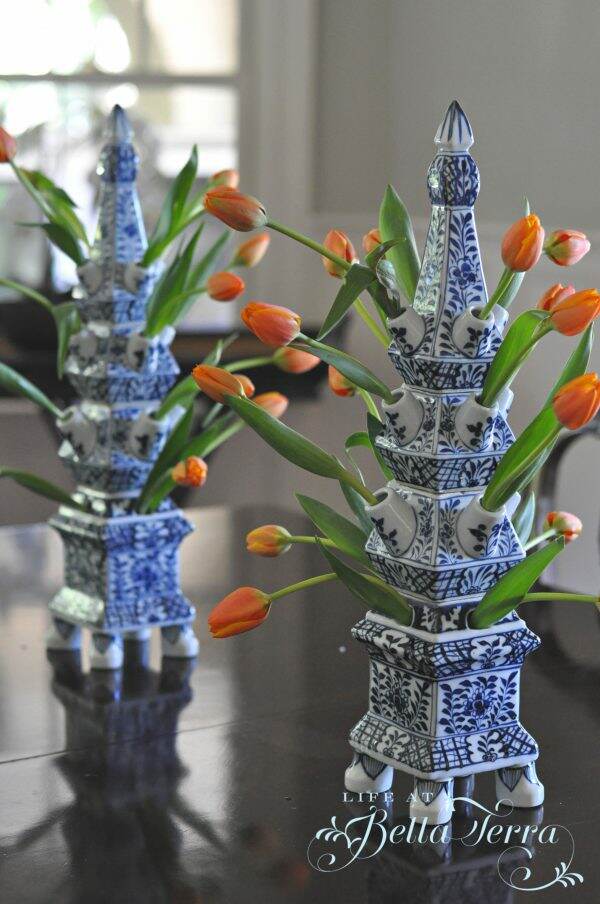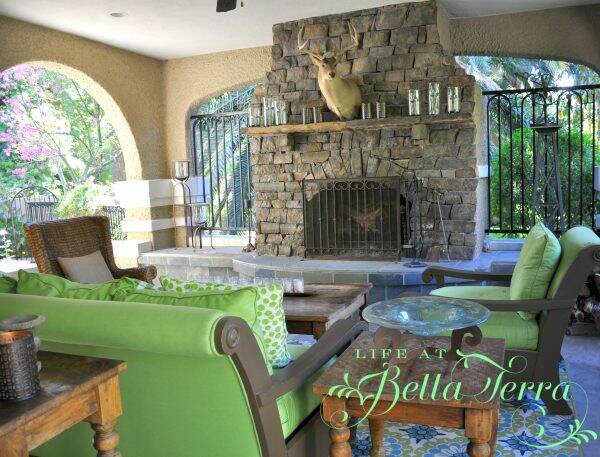Tackling the Master Closet
New beginnings, fresh starts and a time to get life in order is what I think of in January. Two years ago I did a major sweep of the master closet and it was a thing of beauty.

But 24 months later, it’s just a mess. Why is it so difficult to keep things in order? It didn’t bother me until our recent houseguest asked to see the upstairs of our home. When she went into our closet, she said she was happy to see I was normal and it was unorganized. Wait. What? Have I been looking at my closet with rose colored glasses for the last 2 years?

And then it happened. I REALLY looked at my closet and gasped. I’m almost embarrassed to share some of these photos.
I’d like to report that I have organized the entire closet but it has just taken me two days to clean up my scarf collection, shoes and a few drawers. I am not only tidying up, but I am assessing each item to save, toss, or donate. When you make progress, you need to share!

I decided to sort my scarves by category first: Snow/winter outdoor activity scarves; winter casual; winter dressy; silk; cotton; head; bandanas; neck warmers, large wraps and ponchos/shawls. And then I organized by size and color.

The large wraps/shawls are hung on a trouser rack now that is tucked into an unused corner. Big improvement.

I have a lovely collection of silk scarves that were the height of fashion back when I was in corporate America. These scarves are inside a brown fabric box that is labeled and sits on a shelf.


My husband was such a dear to give up one of his drawers for most of my scarves. I am sure he is happy not to see them scattered all over the place.

Snow/winter scarves and my neck warmers are in a basket on a shelf.

Lastly, the cotton/summer scarves, because they have less bulk, are hung on a circle scarf holder and hung on a rod.

Other closet organization progress. This was my underwear drawer before:

This is AFTER!

I don’t understand how you can put two socks in the washer and only one comes out. Where do they go? In cleaning out my sock drawer, I put all my athletic socks in one container since I wear them the most. All the orphaned socks will be discarded when I go through the laundry baskets and dryer, in one last attempt to find their mate.


I will be spending the rest of the weekend making progress on the balance of the closet. Hopefully there will be a full closet reveal soon!
Have you completed any organizational goals this month? Happy Saturday and enjoy your weekend!














































































